CoolSculpting treatments utilise cryolipolysis technology for non-invasive fat reduction, targeting specific areas like love handles, belly fat, and thighs without surgery or downtime. This process cools fat cells to low temperatures, causing them to crystalise and die before being metabolised from the body over time. CoolSculpting is known for its comfort, minimal pain, and quick session durations (30 minutes to one hour), making it a popular choice for those seeking localised fat reduction with no recovery period. Results typically show a 20% reduction in treated fat cells, with optimal outcomes achieved through proper post-procedure care and a healthy lifestyle.
Discover the transformative power of CoolSculpting Treatments—a non-invasive fat reduction method revolutionizing body contouring. This innovative procedure offers a safe and effective way to target stubborn fat, providing remarkable results without surgery. Learn how CoolSculpting works, its numerous benefits, ideal treatment areas, what to expect during your session, and how to ensure safety and maximize outcomes.
Understanding CoolSculpting Treatments: A Non-Invasive Fat Reduction Method
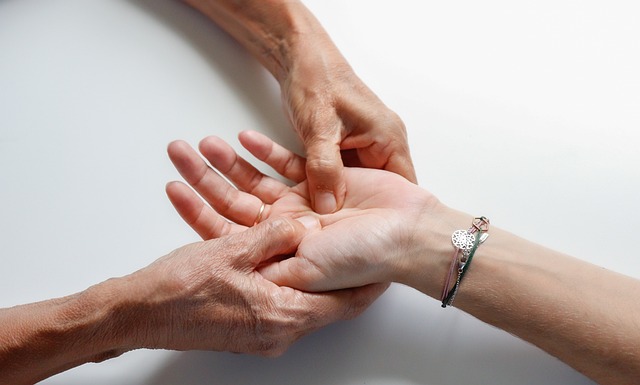
CoolSculpting treatments offer a revolutionary non-invasive fat reduction method, transforming the way people address unwanted fat. This innovative technology utilizes cryolipolysis, a process that freezes and eliminates fat cells without surgery or downtime. By targeting specific areas like belly fat, love handles, and outer thigh fat, CoolSculpting provides a safe and effective alternative to more invasive procedures.
During a CoolSculpting session, a specialized device is applied to the treatment area, delivering precise cooling energy directly to fat cells. This controlled freezing process causes the fat cells to crystalize and eventually die, leading to their gradual elimination from the body as it metabolizes them naturally. The procedure is typically non-painful, making it a popular choice for individuals seeking localized fat reduction without the risks and recovery associated with surgical procedures.
How Does CoolSculpting Work? The Science Behind It
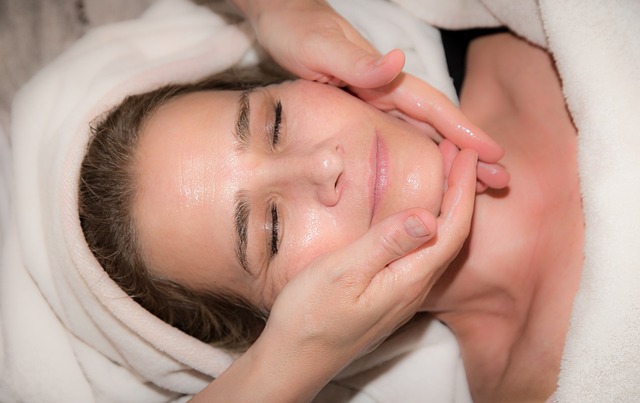
CoolSculpting treatments work by using cryolipolysis, a non-invasive body contouring technique that freezes and destroys fat cells. During the procedure, a gel pad is placed on the targeted area, which cools the skin to extremely low temperatures. This process selectively targets fat cells while leaving other tissues unharmed. As the fat cells freeze, they become damaged and are eventually eliminated by the body’s natural processes. Over time, this leads to a visible reduction in fat accumulation, offering a more sculpted and toned appearance.
The science behind CoolSculpting lies in its ability to target and destroy adipose tissue with minimal discomfort and recovery time. The cold temperature causes the fat cells’ membranes to break down, leading to their gradual removal from the body. This method is considered safe and effective for many individuals seeking localized fat reduction without surgery or downtime. Multiple sessions may be required, depending on the area treated and the desired results.
Benefits and Advantages of Choosing CoolSculpting
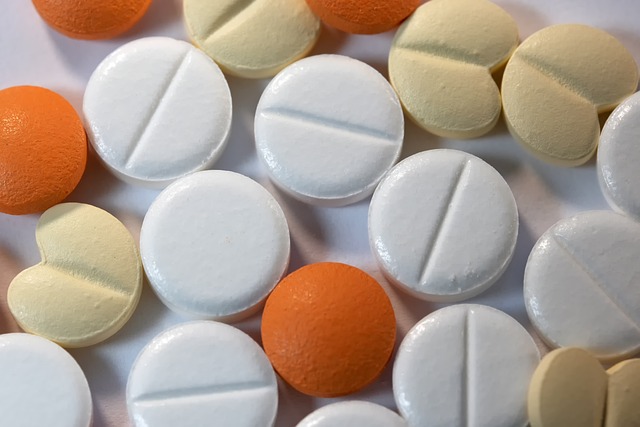
CoolSculpting treatments have gained immense popularity as a non-invasive fat reduction method, offering numerous benefits to those seeking a slimmer and more contoured physique. One of its key advantages is the ability to target specific problem areas, such as love handles, belly fat, and outer thigh fat, without requiring surgery or downtime. This technology uses cryolipolysis, a process that freezes and destroys fat cells, leading to significant long-term results.
Additionally, CoolSculpting is known for its comfort and convenience. Treatments are typically quick, lasting between 30 minutes to an hour per area, and can be performed during normal daily activities. Many patients appreciate the lack of needles, anesthetic, or painful procedures associated with other fat reduction methods. The procedure also has a proven track record, with most individuals experiencing up to a 20% reduction in fat cells treated, resulting in a noticeable improvement in body contouring.
Target Areas for CoolSculpting Treatments

CoolSculpting treatments are designed to target specific areas where fat tends to accumulate, offering a non-invasive way to reduce stubborn fat. The most common treatment areas include the abdomen, love handles, thighs, and arms. These body parts often present challenges for those looking to achieve a slimmer silhouette through traditional diet and exercise methods alone. CoolSculpting leverages cryolipolysis, a process that freezes and destroys fat cells, leading to visible fat reduction over time.
The treatment is particularly effective for people with good skin elasticity and a healthy lifestyle. By targeting these specific areas, CoolSculpting treatments help individuals achieve their body contour goals, boosting their confidence and overall well-being. It’s important to note that while CoolSculpting can significantly reduce fat in the targeted areas, it may not produce dramatic, full-body transformations. Results vary from person to person.
The Process: What to Expect During Your CoolSculpting Session
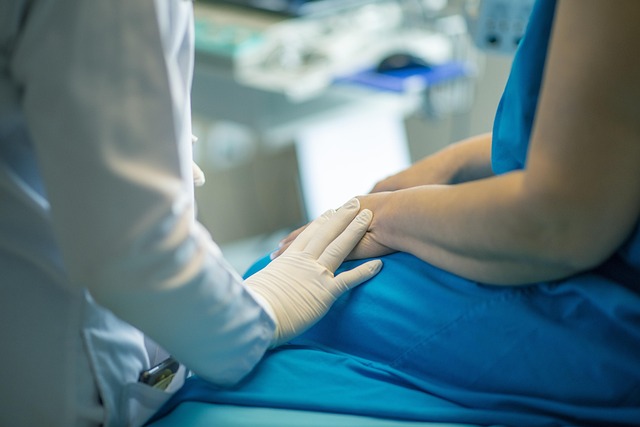
During a CoolSculpting treatment, you’ll be comfortably seated while a specialist applies a device to your targeted fat areas. This device uses cryogenic cooling technology to reduce fat cells in the treated area. As the cold temperature is applied, you may feel a tingling sensation, but no significant pain. The procedure involves multiple rounds of freezing and thawing, during which the fat cells are damaged and eventually eliminated by your body’s natural processes.
Over the following weeks, as your body metabolizes the affected fat cells, you’ll start to see visible results. While some individuals may experience temporary discomfort like numbness or soreness after the procedure, these side effects are usually mild and short-lived. It’s important to remember that CoolSculpting is non-invasive, meaning there’s no recovery period, and you can resume your normal activities immediately after each session.
Safety and Effectiveness: Addressing Common Concerns
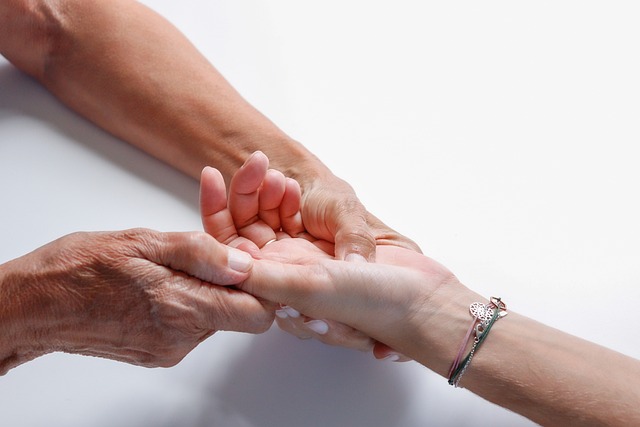
CoolSculpting treatments have gained popularity as a non-invasive fat reduction method, but it’s natural to have concerns about safety and effectiveness. One common worry is whether the procedure is painful, but many patients report experiencing minimal discomfort during and after the treatment. The cooling technology used in CoolSculpting targets fat cells specifically, leaving other tissues unharmed, which minimizes side effects such as skin irritation or numbing.
Another frequent concern revolves around potential risks and long-term effects. Studies have shown that CoolSculpting is generally safe when performed by a qualified professional following proper protocol. As with any medical procedure, there are slight chances of temporary numbness, swelling, or redness at the treatment site, but these usually subside within a few days. Long-term results from clinical trials demonstrate successful fat reduction that can be maintained for several months to years, offering a safe and effective alternative to surgical procedures.
Post-Treatment Care and Results: What to Look Out For
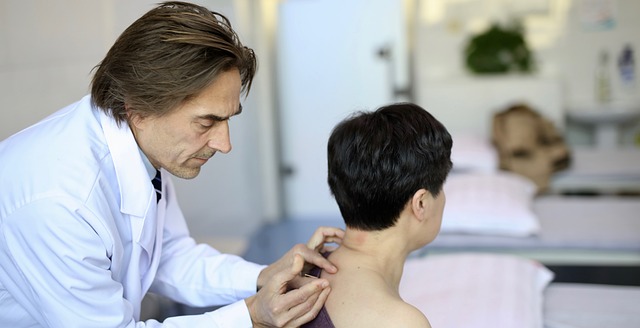
After a CoolSculpting treatment, proper post-care is essential for optimal results and to minimize any potential side effects. Patients can expect some redness, swelling, or mild discomfort in the treated areas, which typically subside within a few days. It’s recommended to keep the treated areas elevated as much as possible during the initial 24 hours to reduce swelling. Applying ice packs wrapped in a thin towel can help alleviate any soreness.
The results of CoolSculpting treatments may vary from person to person. Most individuals start seeing visible fat reduction within a few weeks, with more substantial changes noticeable over several months as the body continues to metabolize and eliminate the damaged fat cells. It’s crucial to maintain a healthy lifestyle after the procedure, including regular exercise and a balanced diet, to enhance the results and prevent future weight gain from replacing the lost fat cells.
